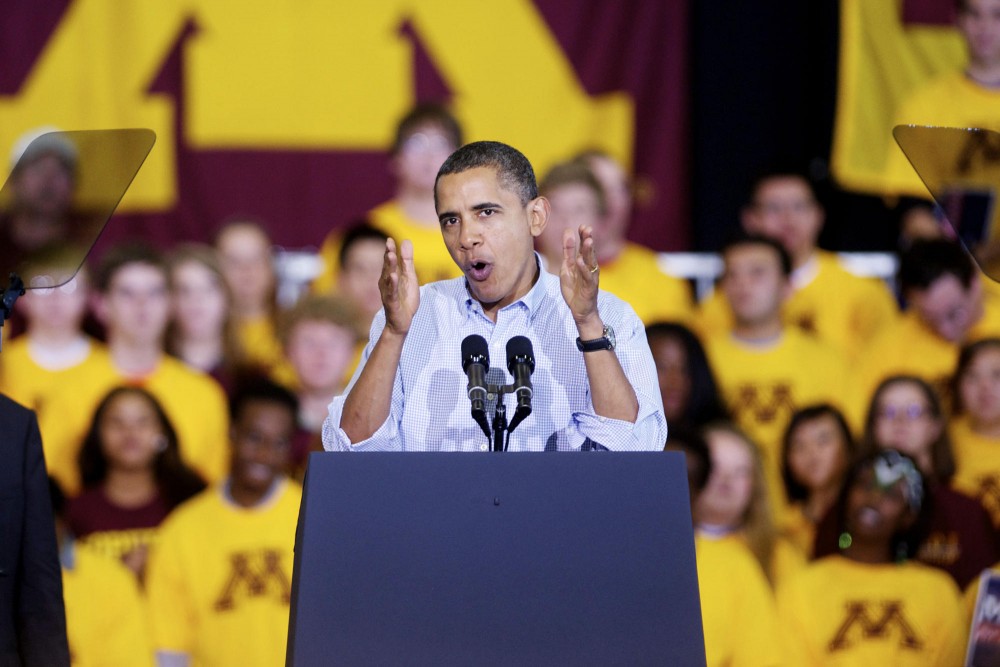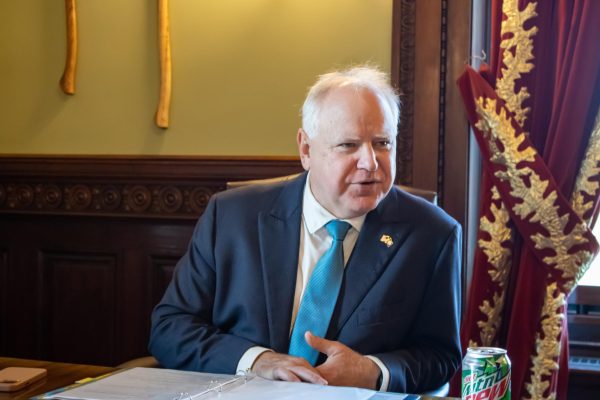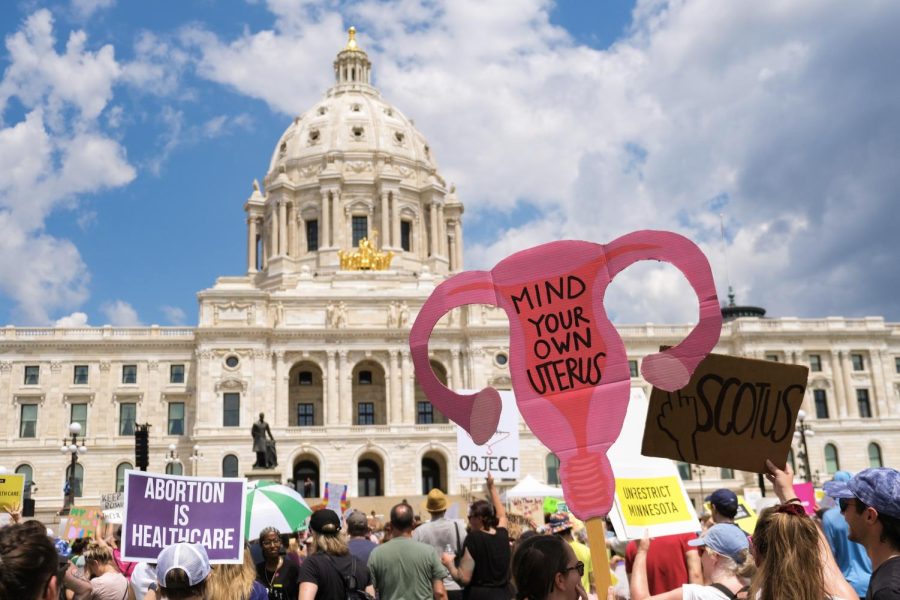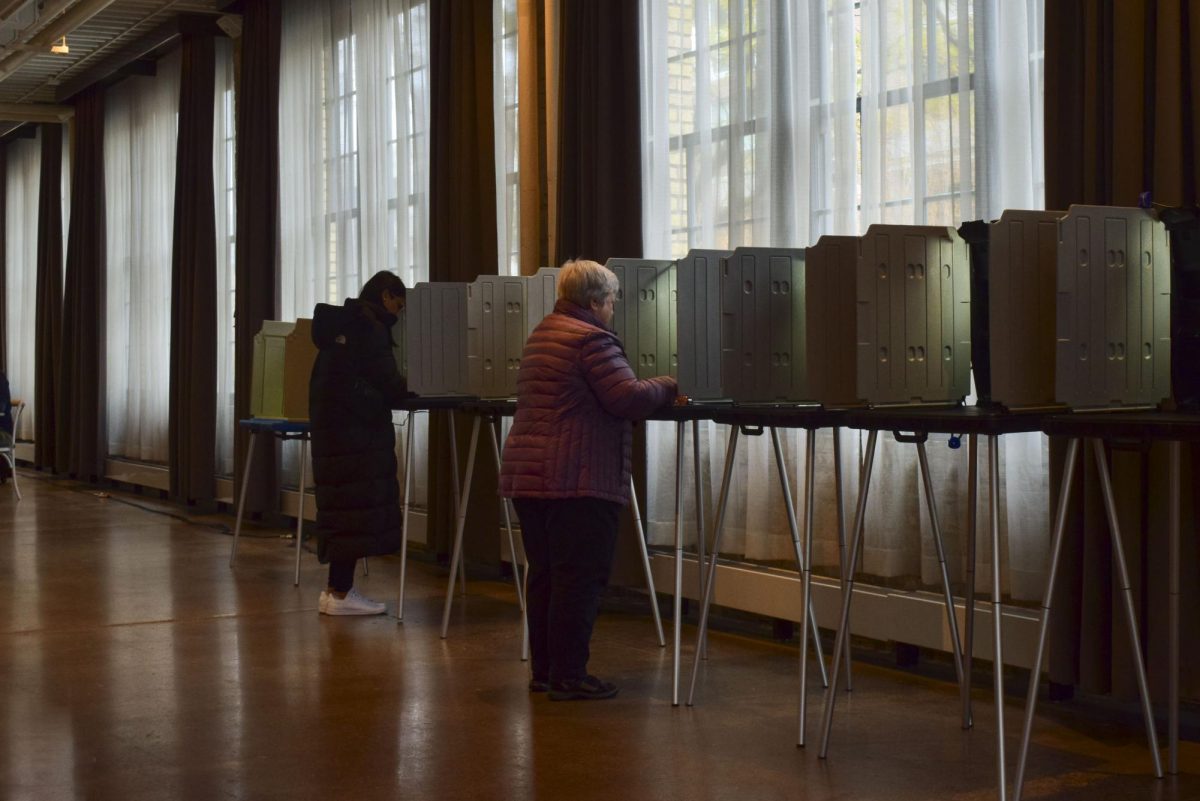As tuition costs for college students soar, President Barack Obama has proposed a blueprint for aiding studentsâÄô financial woes.
As Obama prepares his proposed budget, which heâÄôll reveal next week, he has introduced several initiatives to make college more affordable.
Last week, the president proposed an increase in campus-based funds like Supplemental Educational Opportunity Grants, Perkins Loans and the Work-Study program by $10 billion annually. The Perkins Loan budget would increase from $1 billion to $8 billion and, according to the plan, would not be an additional cost to taxpayers.
Perkins Loans are low-interest loans provided to low-income students.
In a Jan. 27 speech at the University of Michigan, Obama said college is no longer a privilege for some, but rather a prerequisite for all.
Obama also called on the states to do their part in higher education reform.
âÄúHigher education is not a luxury. ItâÄôs an economic imperative that every family in America should be able to afford,âÄù Obama said. âÄúWeâÄôre telling the states, âÄòIf you can find new ways to bring down the cost of college and make it easier for more students to graduate, weâÄôll help you do it.âÄôâÄù
Congressional Republicans have been critical of the plan and have questioned where the funding would come from, fearing taxpayers would get stuck paying for it. During a Senate education committee meeting Thursday, Martha J. Kanter, U.S. undersecretary of education, said the funding answers would come in the presidentâÄôs proposed budget, due Feb. 13.
Geoff Dittberner, president of the Minnesota State College Student Association, said the rising tuition costs are a burden for many students.
From 1993 to 2012, average tuition has increased by 282 percent at the University of Minnesota, according to the Minnesota Office of Higher Education.
âÄúAt the rate tuition is increasing, itâÄôs going to be an unaffordable luxury for students to attend any higher education institution,âÄù Dittberner said.
Because states are cutting back, colleges will be forced to focus on more innovative solutions in combating tuition hikes and lack of state funding, Dittberner said
ObamaâÄôs plan calls for reforming student aid to promote affordability and value and to shift aid from colleges that fail to keep tuition down and provide more aid to colleges and that do.
Along with shifting aid based on tuition increases or decreases, the plan outlines incentives to states that âÄúdrive for systemic change in higher education policies and practices,âÄù according to a summary of the proposal provided by the White House. The plan âÄî The Race to the Top: College Affordability and Completion âÄî will be a $1 billion investment to stimulate higher education reform at the state level.
State funding has dropped from nearly 30 percent of the University of MinnesotaâÄôs revenue in 2001-02 to less than 15 percent in 2011-12.
As of fall 2008, there were a total of 285,819 undergraduates in Minnesota. Minnesota students took out $2.8 billion worth of loans, grants and work- study funds, according to the Minnesota Office of Higher Education.
Jared Weber, communications director for the Minnesota State University Student Association, said the plan has positive aspects that help maintain college costs.
âÄúI think there are benefits in the proposed plan,âÄù Weber said.
Weber said that itâÄôs still early, and there has not been much study or analysis done on the proposal and its effects. He said a lot of the tuition issues occur at the state level.
Paul Cerkvenik, president of MinnesotaâÄôs Private Colleges Council said in a statement that it is too early to understand all the details, but he applauded the president for trying to keep college affordable.
âÄúKeeping college affordable is critical for MinnesotaâÄôs students, families and economy,âÄù Cerkvenik said. âÄúOur colleges share President ObamaâÄôs goals of keeping college affordable and finding innovations that improve outcomes for students.âÄù








